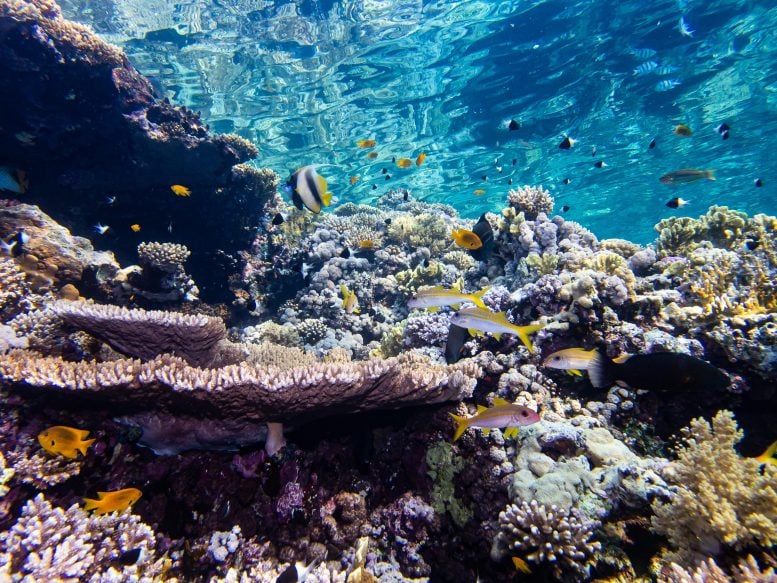
Coral reefs in the Red Sea – such as this one in the Gulf of Eilat/Aqaba – and the Persian Gulf are particularly affected by light pollution. Credit: Sahchaf Ben Ezra
Light pollution from coastal cities is causing coral reefs to spawn outside their optimal reproductive times, reducing the chances of coral egg fertilization and new coral growth. The ALICE project found that corals exposed to artificial light at night spawned closer to the full moon compared to those on unlit reefs. Delaying night-time lighting in coastal regions could help mitigate this harm, but may raise economic and safety concerns.
The light pollution caused by coastal cities can trick coral reefs into spawning outside of the optimum times when they would normally reproduce, a new study has found.
Coral broadcast spawning events – in which lunar cycles trigger the release of eggs on certain nights of the year – are critical to the maintenance and recovery of reefs following mass bleaching and other similar events.
However, using a combination of light pollution data and spawning observations, researchers were able to show for the first time that corals exposed to artificial light at night (ALAN) are spawning one to three days closer to the full moon compared to those on unlit reefs.
Spawning on different nights could reduce the likelihood of coral eggs being fertilized and surviving to produce new adult corals that help reefs to recover after bleaching events and other disturbances.
The research, published today (May 15) in Nature Communications, is the latest to be carried out as part of the Artificial Light Impacts on Coastal Ecosystems (ALICE) project, which is funded by the Natural Environment Research Council.
It builds on research published in December 2021 which mapped out the areas of the ocean most affected by light pollution.
That study found that at a depth of one meter, 1.9 million sq km of coastal ocean are exposed to biologically important ALAN (around 3.1% of the global Exclusive Economic Zones).
For the new study, researchers paired that data with a global dataset of 2,135 coral spawning observations from the 21st century.
This enabled them to demonstrate that ALAN is possibly advancing the triggers for spawning by creating a perceived period of minimum illuminance between sunset and moonrise on nights following the full moon.
Dr. Thomas Davies, Lecturer in Marine Conservation at the University of Plymouth, is the study’s lead author and also principal investigator of the ALICE project. He said: “Corals are critical for the health of the global ocean, but are being increasingly damaged by human activity. This study shows it is not just changes in the ocean that are impacting them, but the continued development of coastal cities as we try and accommodate the growing global population. If we want to mitigate against the harm this is causing, we could perhaps look to delay the switching on of night-time lighting in coastal regions to ensure the natural dark period between sunset and moonrise that triggers spawning remains in tact. That would potentially raise a number of economic and safety issues, but is something we potentially need to consider to ensure our coral reefs are given the best chance of survival.”
Dr. Tim Smyth, Head of Science for Marine Biogeochemistry and Observations at Plymouth Marine Laboratory and the study’s senior author, added: “This study further emphasizes the importance of artificial light pollution as a stressor of coastal and marine ecosystems, with the impacts on various aspects of biodiversity only now being discovered and quantified. A critical first step along that path was enabled with our global in-water light pollution atlas which highlighted for the first time the true extent of the problem, which hitherto had gone unrecognized.”
The study looked at coastal regions all over the world, but coral reefs in the Red Sea and Persian Gulf are particularly affected by light pollution.
They are areas where coastlines have been heavily developed in recent years and where coral reefs are both close to the shore and at particular risk.
Co-author Professor Oren Levy, who heads the Laboratory for Molecular Marine Ecology at Bar-Ilan University in Israel, added: “The Red Sea and the Gulf of Eilat/Aqaba are heavily impacted by Artificial Light at Night (ALAN) due to urbanization and the proximity of the reefs to the coastline. Despite the challenges posed by ALAN, corals in the Gulf of Eilat/Aqaba are known for their thermal tolerance and ability to withstand high temperatures. However, a disturbance in the timing of coral spawning with the moon phases can result in a decline in new coral recruits and a reduction in the coral population. It is crucial that we take immediate action to reduce the impact of ALAN on these fragile marine ecosystems. By implementing measures to limit light pollution, we can protect these vital habitats and safeguard the future of the world’s oceans. It’s our responsibility to ensure that we preserve the biodiversity of our planet and maintain a healthy and sustainable environment for generations to come.”
Reference: “Global disruption of coral broadcast spawning associated with artificial light at night” by Thomas W. Davies, Oren Levy, Svenja Tidau, Laura Fernandes de Barros Marangoni, Joerg Wiedenmann, Cecilia D’Angelo and Tim Smyth, 15 May 2023, Nature Communications.
DOI: 10.1038/s41467-023-38070-y

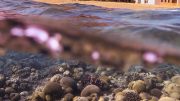
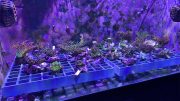
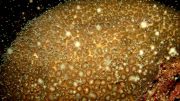
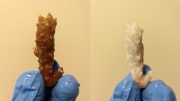
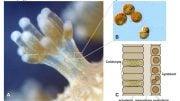
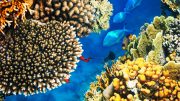
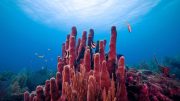
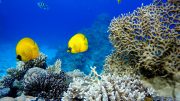
Be the first to comment on "Coastal Light Pollution Tricks Coral Reefs, Affecting Reproductive Success"